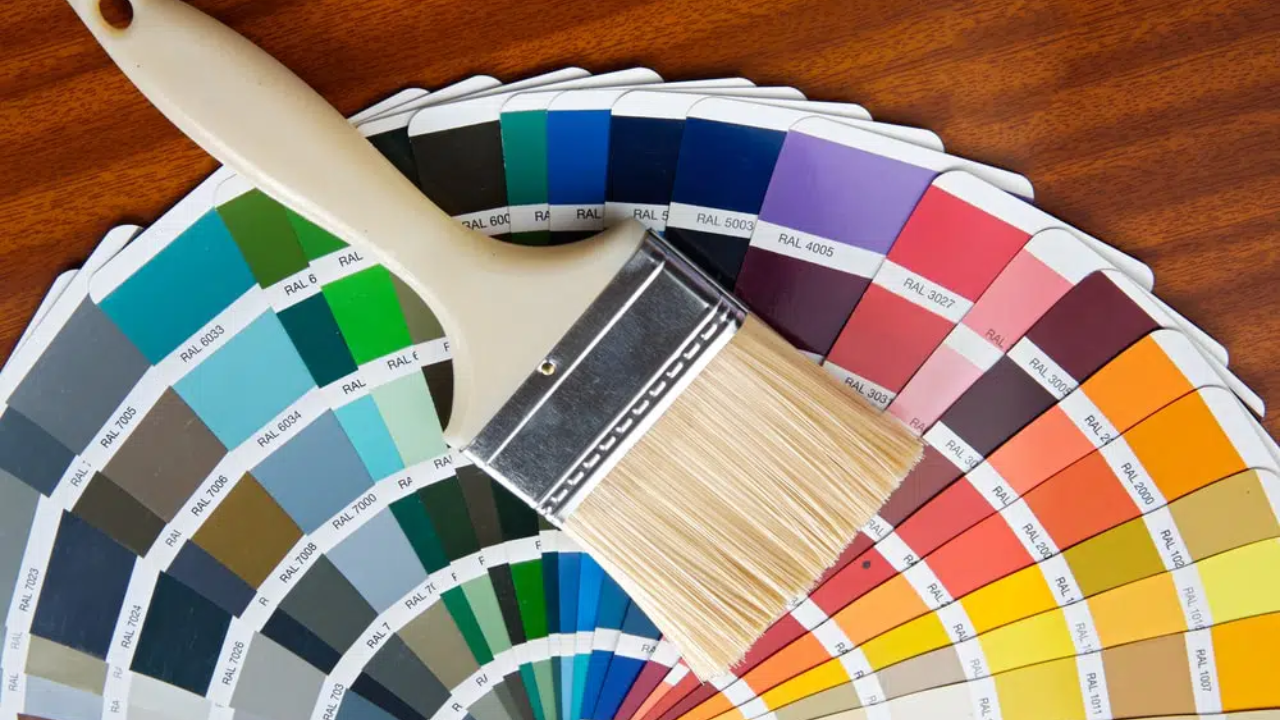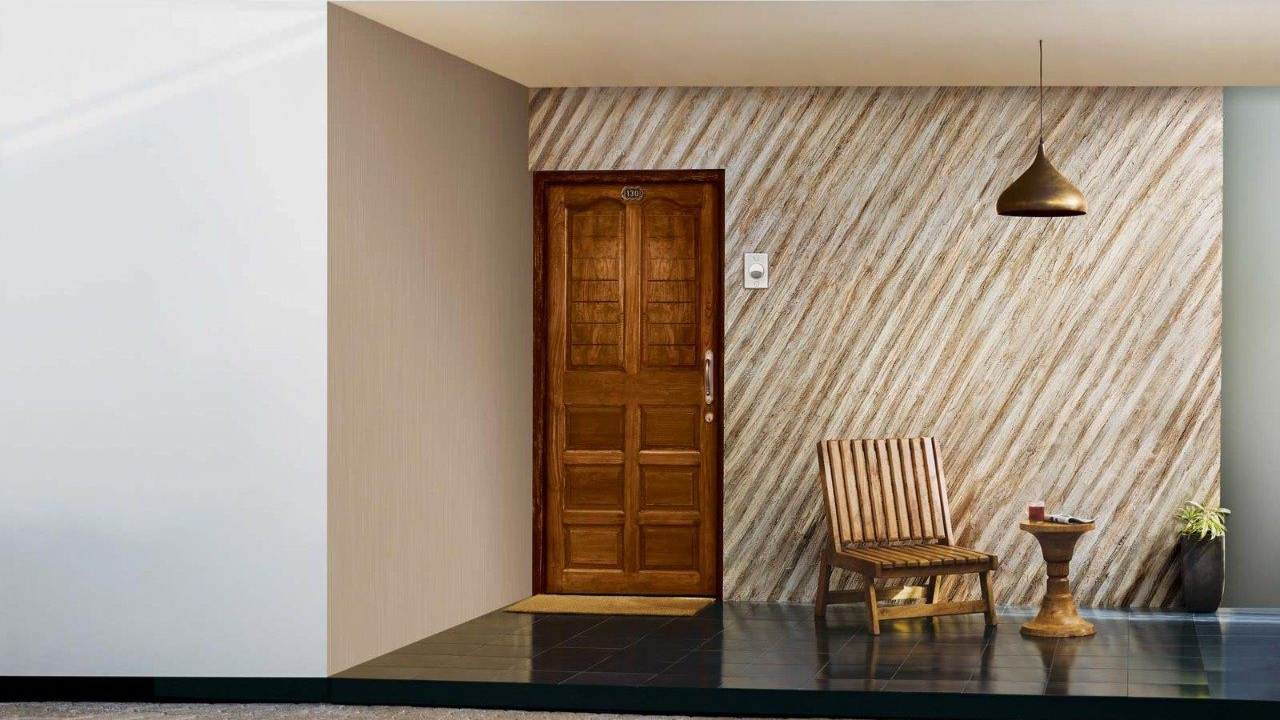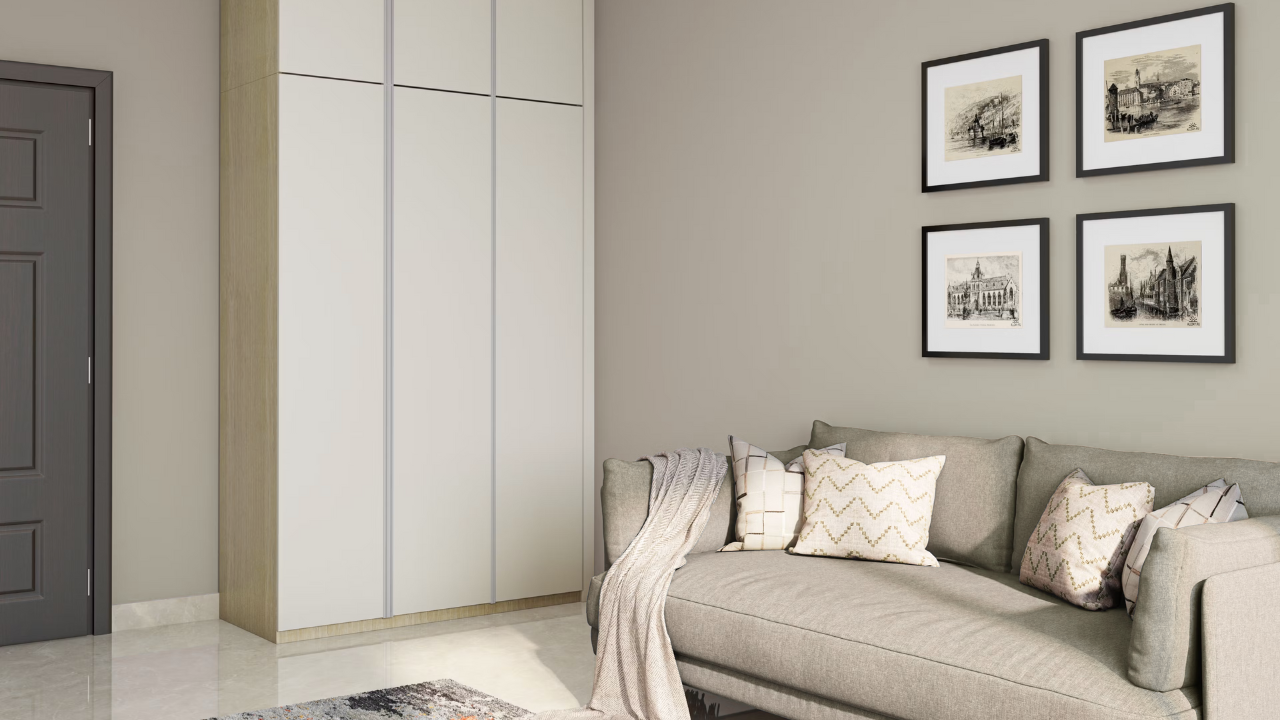Exterior Wall Paint Guide for Your Home
Your home's outer walls face sun, rain, wind, and changing seasons all year round. Here at The Wooden Strings, picking the right exterior wall paint isn't just about color – it's about keeping your home safe. The team has put together this simple guide to help you with your next paint project.
Why Quality Exterior Wall Paint Matters
Good exterior wall paint does much more than make your house look nice. First of all, it creates a shield against harsh weather. On top of that, it stops water from getting into walls, which can lead to mold and rot. What's more, quality exterior wall paint can last 5-10 years, while cheaper kinds might need to be redone after just 2-3 years.
The right paint also makes your home look better and worth more money. In fact, a fresh coat of paint can give you up to 55% return when selling your home. Besides that, it lets you show off your style and make your house stand out on your street.

Key Factors to Consider When Choosing Exterior Wall Paint
Success evaluation involves multiple essential components in the exterior wall paint acquisition process. The first consideration must be the weather patterns in your region. Sunny areas need paint that won't fade, while rainy places need extra water protection.
The choice of walls determines a great deal of how your house looks outside. Each surface material such as wood, brick, stucco or vinyl demands a unique type of paint solution. Because of this, always check that your paint works well with your home's outer walls.
Beyond these basics, look at these important points:
How long it lasts: Find exterior wall paint that won't crack, peel, or fade
Lets walls breathe: Good paint lets moisture escape rather than getting trapped
Fights mildew: Very important if you live where it's humid
Goes on easy: Some paints spread better and need fewer coats
Drying speed: Matters if your weather changes quickly
Health safety: Low-VOC paints are better for you and the earth

Popular Types of Exterior Wall Paint Finishes
The finish of your paint affects both how it looks and how it works. As a result, picking the right one makes a big difference.
Flat or matte finishes hide wall flaws well but may show dirt more easily. Meanwhile, satin and eggshell finishes have a slight shine that's easier to clean while still hiding small flaws. On the other hand, glossy finishes are the most tough and easy to clean, but they show every bump and crack.
For most homes, a satin finish works best as a happy middle ground. The paint creates a low-key sheen which presents well and maintains its quality throughout months.
Choosing the Right Color for Your Wall Paint
Color choice goes beyond just what you like. In truth, your home's style, setting, and even energy use all matter. Old-style homes often look best in classic colors, while modern homes can handle bolder choices.
Look at parts that won't change, such as roof color, stonework, or brick. Your exterior wall paint should go well with these features rather than clash. Also think about your surroundings – homes in wooded areas often look good in earth tones, while beach homes might suit blues and sandy colors.
Testing is key before you decide. So, buy small samples of paint and try them on different sides of your house. Look at how they appear throughout the day as the light shifts, and in different weather before making your final pick.

Getting Walls Ready Before Painting
Using premium paint products cannot produce acceptable results on surfaces that are unclean or structurally damaged. Begin by performing a complete cleaning of your walls to remove any dirt as well as mold and loose paint before starting to paint. Surface preparation begins with repairing holes and fixing bad areas before filling in surface cracks. Then, sand rough areas to make them smooth.
Using primer is a great step many people skip. Yet, a good primer helps exterior wall paint stick better and last longer. It also covers stains and creates an even base for your color. For big color changes or very worn surfaces, primer is a must.

Hiring Pros vs. Painting Yourself
While DIY painting can save money, pro painters bring skills and speed. They know how to get walls ready the right way, have all the proper tools, and can spot problems you might miss.
Pros can also help you pick the right exterior wall paint for your home. They understand how different paints work in various conditions and can suggest options based on what your house needs. Still, if you want to do it yourself, take time to learn good methods and buy quality tools.
Conclusion
During your search for exterior wall paint you should consider both its quality and duration of protection in addition to appearance. For wall paint choose premium products from The Wooden Strings because they provide benefits of low cost maintenance and extended lifespan.
The team handles the full process of design choices as well as final paint selections particular to your chosen home design type. The selection of suitable wall paint results in a fresh-looking house with extended security benefits spanning various years. Just remember that good wall paint is more than just a color – it's a shield that keeps your home nice through every season.











